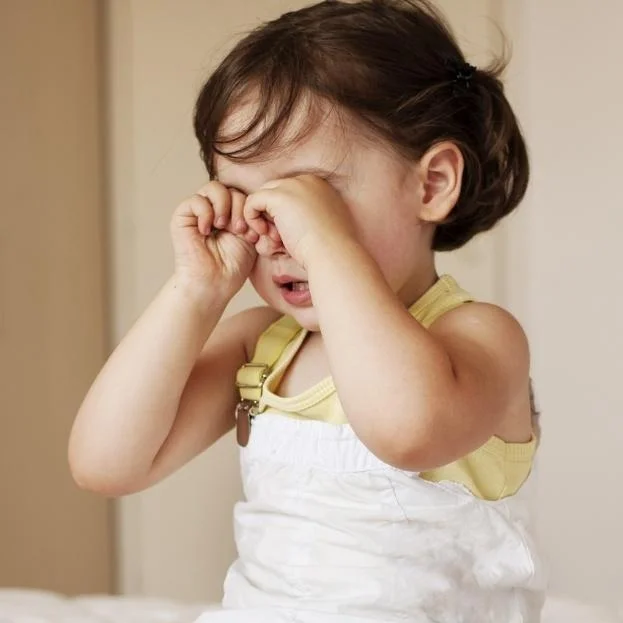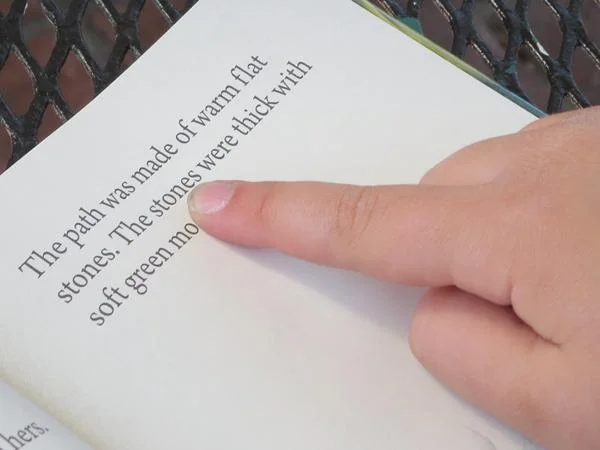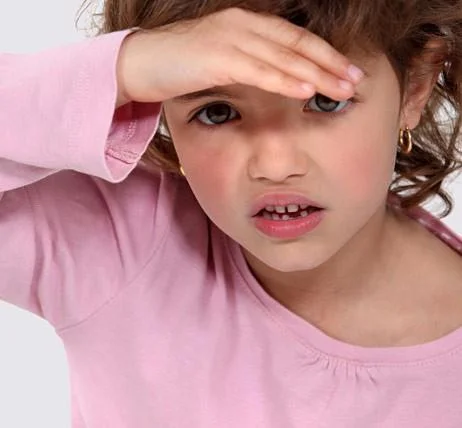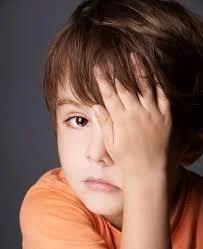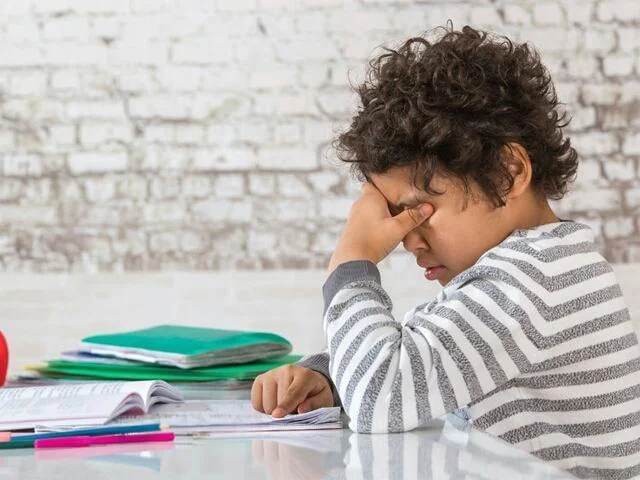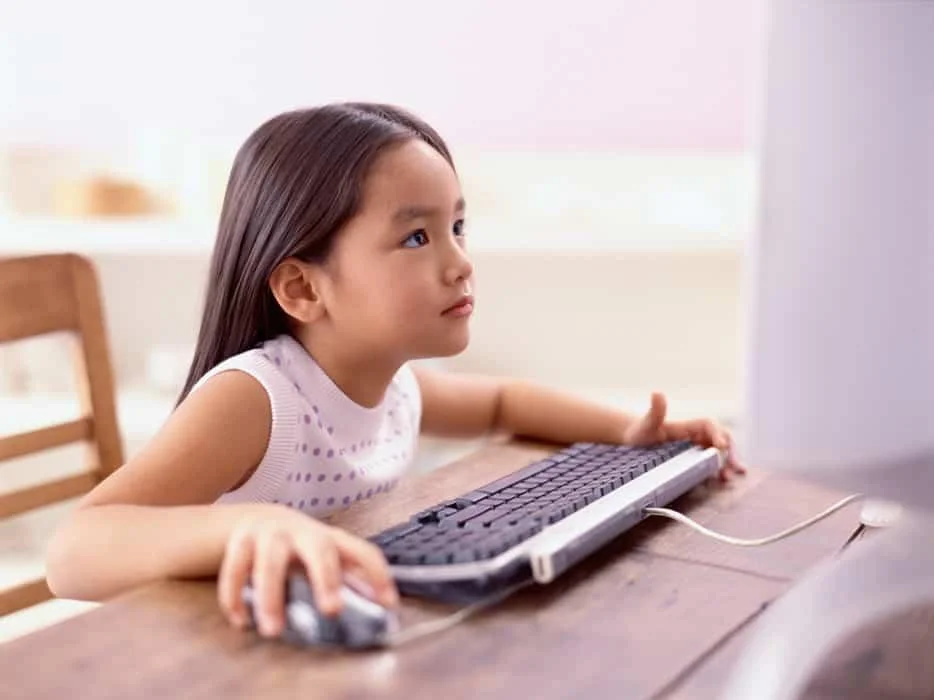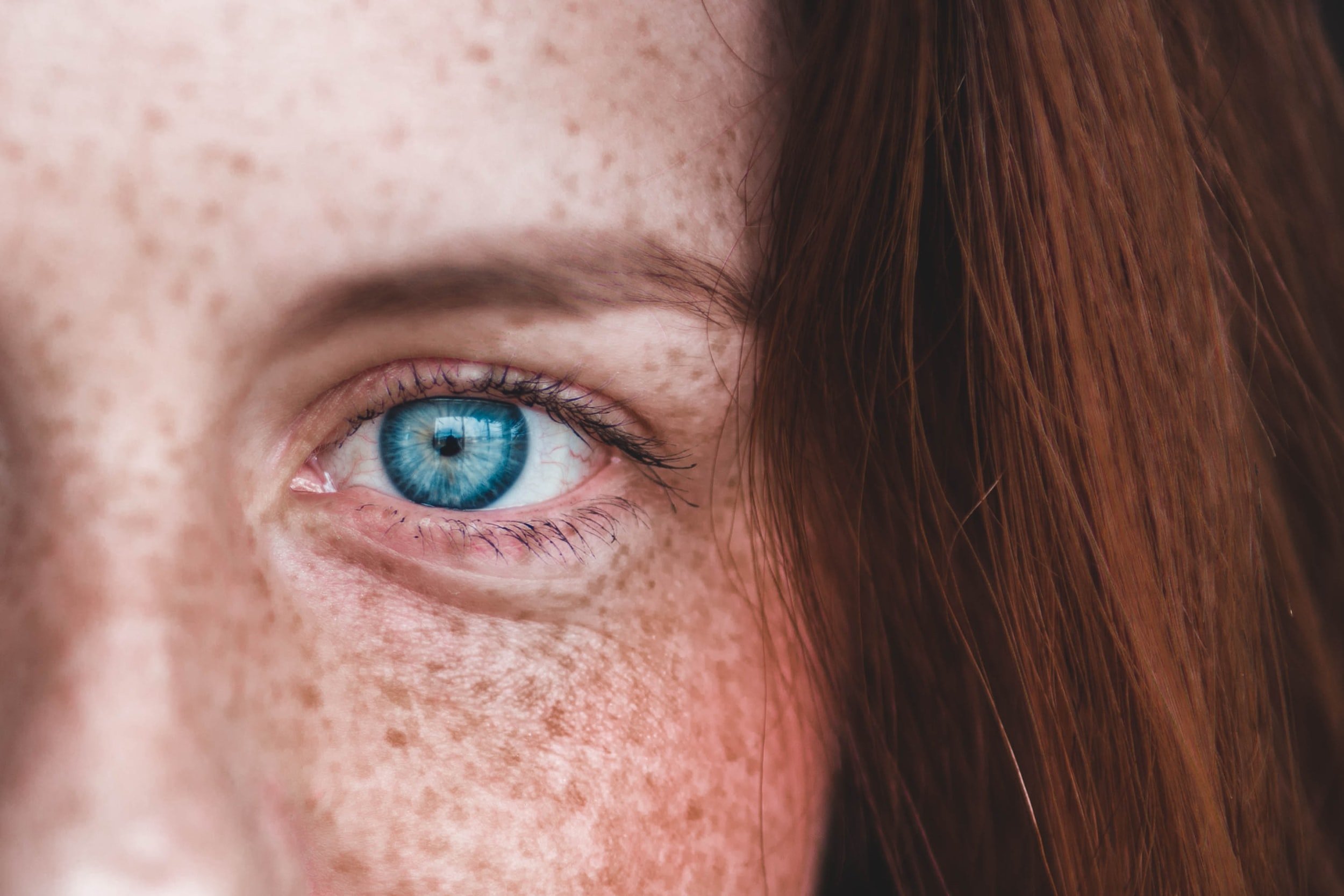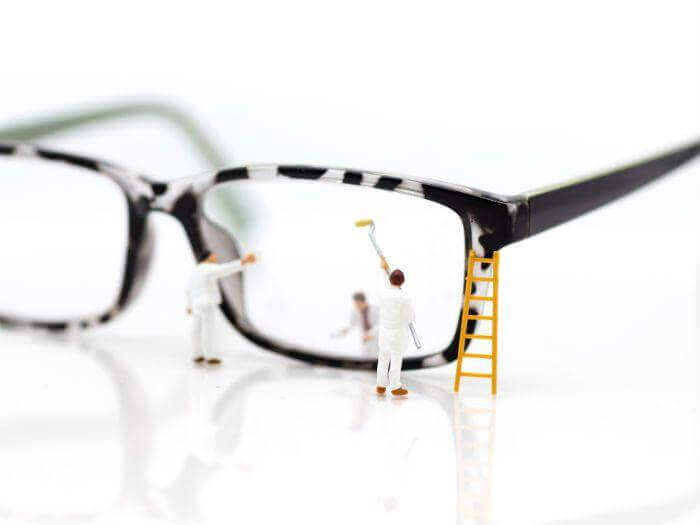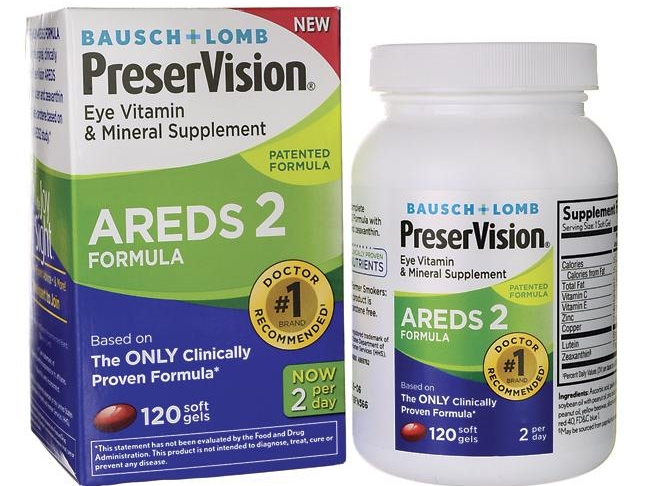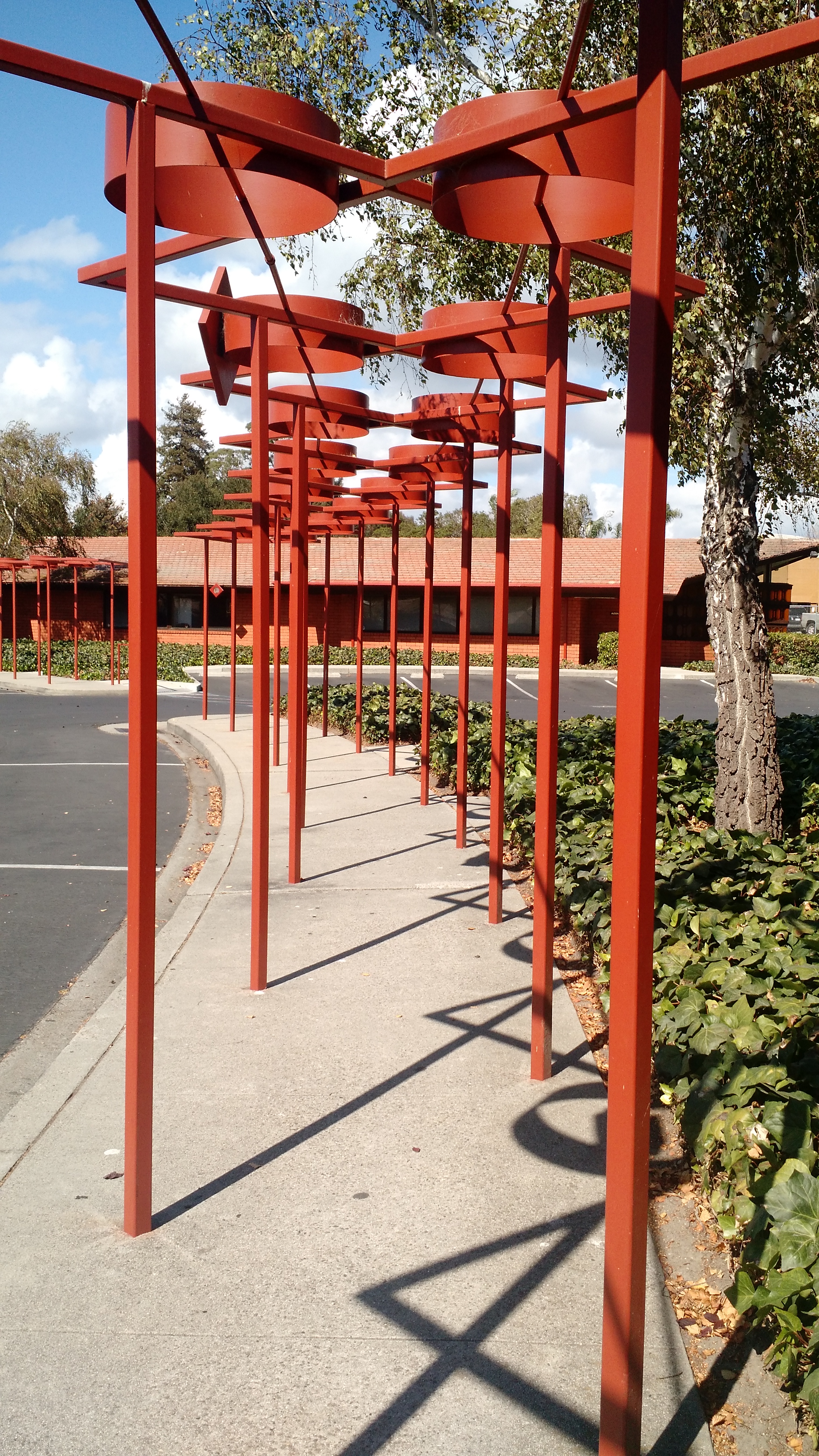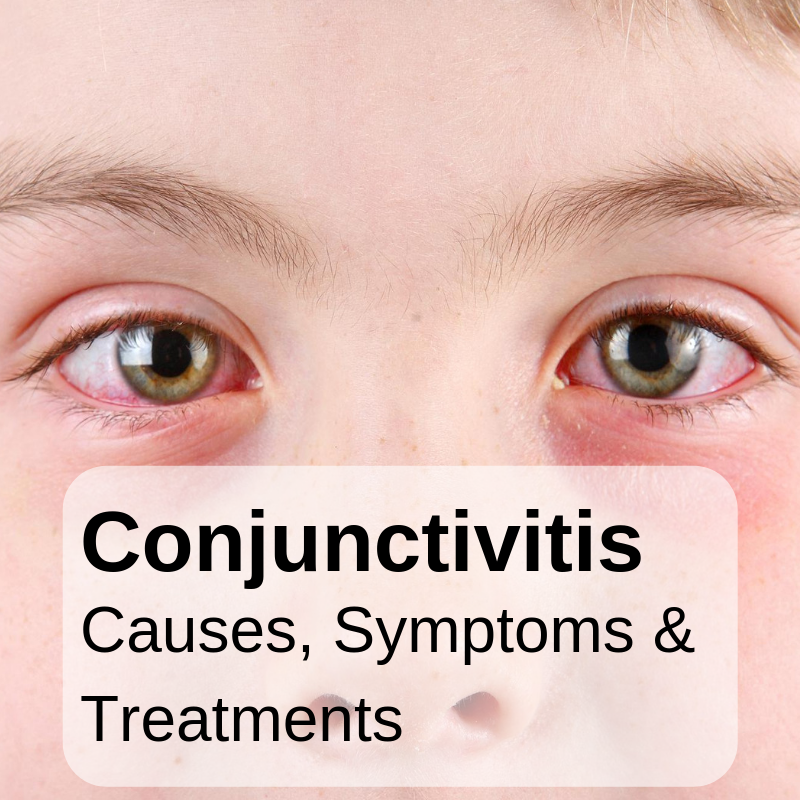8 Early Signs of Child Vision Problems
/While children rely on all their senses to learn, around 80% of what your child learns in school is taught visually: reading and writing, class participation, board work, and using computers are some of the most common, and most vital, tasks schoolchildren perform. Children’s eyes are constantly at work. And when their vision functions improperly, their performance in school and sports suffers.
If your child has vision problems, they will have a hard time keeping up with school work. Here are a few warning signs of child eye problems. Symptoms to look out for in your children’s behavior to detect early vision problems with your child include:
1. Watching TV or Reading Books Too Closely
Contrary to popular belief, While watching TV or reading at a close range will not damage your vision, this could be a sign of an existing vision problem, such as nearsightedness.
If your child moves close to the TV or pulls their book closer to read and squints their eyes often to have a better view of objects, they could be nearsighted, however there is no evidence that these habits cause damage to children’s or adult’s eyes.
Children will tend to prefer close viewing because their young eyes are far better able to focus, and for far longer, than adult eyes before feeling the effects of eye strain.
2. Frequent Eye Rubbing
Before you get worried, children can rub their eyes when they’re upset or tired. This is perfectly normal.
However, if you notice that your child rubs their eyes vigorously whenever they are trying to concentrate or while they are actively playing, it could indicate an underlying visual problem.
If the excessive eye rubbing persists even when your child is not tired or fatigued, then their eye fatigue may be being caused by a number of vision issues, including focusing and eye-teaming problems.
Because this symptom can also be due to a number of other conditions unrelated to eye-health (such as allergies), you should look out for at least one or two other symptoms, like poor grades or frequent headaches if you are trying to determine whether your child has a vision problem.
3. Losing Track While Reading or Using a Finger to Focus
Typically, a child learning to read will use a finger to guide his or her eye along the page, but the impulse to do so holds for beginners of all ages. Any text written in script that is unfamiliar to us tends to be more difficult to "see" and follow.
A finger placed alongside or underneath the text, can aid beginning readers by focusing the eye on a single word or phrase at a time, and this really does help to ease eye strain and improve concentration.
As children become more experienced readers, most will gradually fall out of the habit of using a guiding finger because it no longer makes much of a difference. Children are also discouraged from continuing this practice for too long because it makes them appear "slow"-- like keeping your training wheels after you've already learned to ride a bicycle.
Note that it's perfectly normal for kids to track what they’re reading with their finger as they learn to read but they should eventually be comfortable to read without losing track as time goes by. If your child continues using their finger, ask them to read out loud without pointing. If they have trouble reading, it could be a vision problem.
4. Sensitivity to Light or Excessive Tearing
If you notice that your child tears a lot, particularly due to indoor lighting, they could be suffering from light sensitivity, or photophobia.
Photophobia is not an eye disease, but a symptom of many conditions such as infection or inflammation that can irritate the eyes.
Children with extreme sensitivity to light can easily develop headaches and nausea. Light sensitivity can be a warning symptom of eye conditions.
Children with a lighter eye color also may experience more light sensitivity in environments such as bright sunlight, because darker-colored eyes contain more pigment to protect against harsh lighting.
Other common causes of photophobia include corneal abrasion, iritis and uveitis, burns to the eye, eye disease, injury, or infection (such as chalazion, episcleritis, glaucoma).
5. Closing One Eye to Watch or Read
Photo credit: bettervisionguide.com
When your child frequently closes one eye, it indicates that they could have a binocular vision problem that is interfering with the coordination of the two eyes working together. Closing one eye when reading can also indicate that one eye has a problem teaming with the other.
Generally, binocular vision issues are classified into three groups:
Accommodative insufficiency: the eyes are unable to focus properly at near distances which causes double vision.
Convergence insufficiency: when looking at things close up, like reading, the eyes are unable to work together or have issues teaming up.
Oculomotor dysfunction: not being able to read across a page due to the eyes’ inability to track or coordinate together.
6. Poor Grades
Photo credit: youngparents.com
Vision and learning are closely related. For children to reach their full academic potential, good vision is important.
If your child can not clearly see what the teacher is writing on the board, they will perform poorly. Most of the time, children won’t mention their vision problems. This can result in a decrease in grades.
Children with binocular vision problems tend to feel fatigue and have headaches when reading and studying. They may also skip small words when reading, reread sentences and insert words that do not exist in the text.
If your child appears inattentive in class, avoids reading and studying, makes careless mistakes or has difficulty completing assignments, often this is through no fault of their own but instead an undiagnosed vision problem.
Sometimes all you need is a thorough eye exam to improve their ability to succeed in school.
7. Refuses to Use the Computer Because Their Eyes Hurt
Photo credit: hellodoktor.com
It isn’t uncommon for kids today to be seen using tablets, smartphones, computers, and other digital devices. In fact, they’re probably getting more digital device time than most adults.
Part of the problem is that, in many cases, kids often use an adult’s computer, which isn’t usually well-suited for their size. Kids using an adult’s computer have a tough time getting the best viewing angle, which can result in digital eye strain.
Kids often make the mistake of holding their smartphone or tablet too close to their eyes. Doing this often can result in digital eye strain. To reduce strain on the eyes, a screen should be an arm’s length away from the eyes.
Children are more likely to deal with digital eye strain because they’re often unaware that they’re having problems. Kids may not realize how much time they spend looking at a screen, and they’re less likely to take breaks than adults.
Ensure that your child takes breaks after every 20 minutes for twenty seconds by looking at an object that is 20 feet away. If their eyes still hurt, it’s necessary that you take them to an optician.
8. Squinting and Tilting to Get A Better View
Photo credit: madeformums.com
This behavior can be another indicator of the aforementioned binocular vision issues, as children attempt to offset undiagnosed vision problems.
Teachers should be on the look for children that often squint their eyes and tilt their heads to have a better view and pull them to the front.
As a parent, if you notice any of the signs mentioned above, ask your child’s teacher to observe on your child’s visual behavior while at school.
If you notice any of these symptoms, you should bring your child in for an eye exam, but even if things seem outwardly normal, it is still good to have a first eye exams at before they they start school, generally at age 4 or 5.
If you notice any of the above signs, kindly let us know and we will be happy to help or advise.


